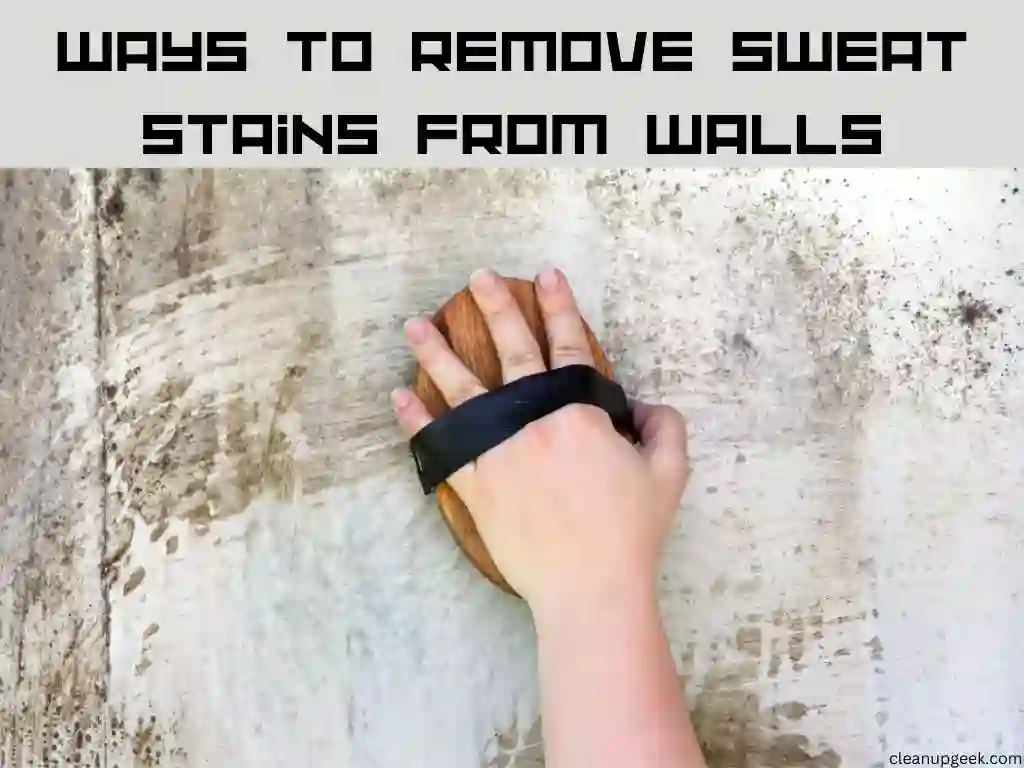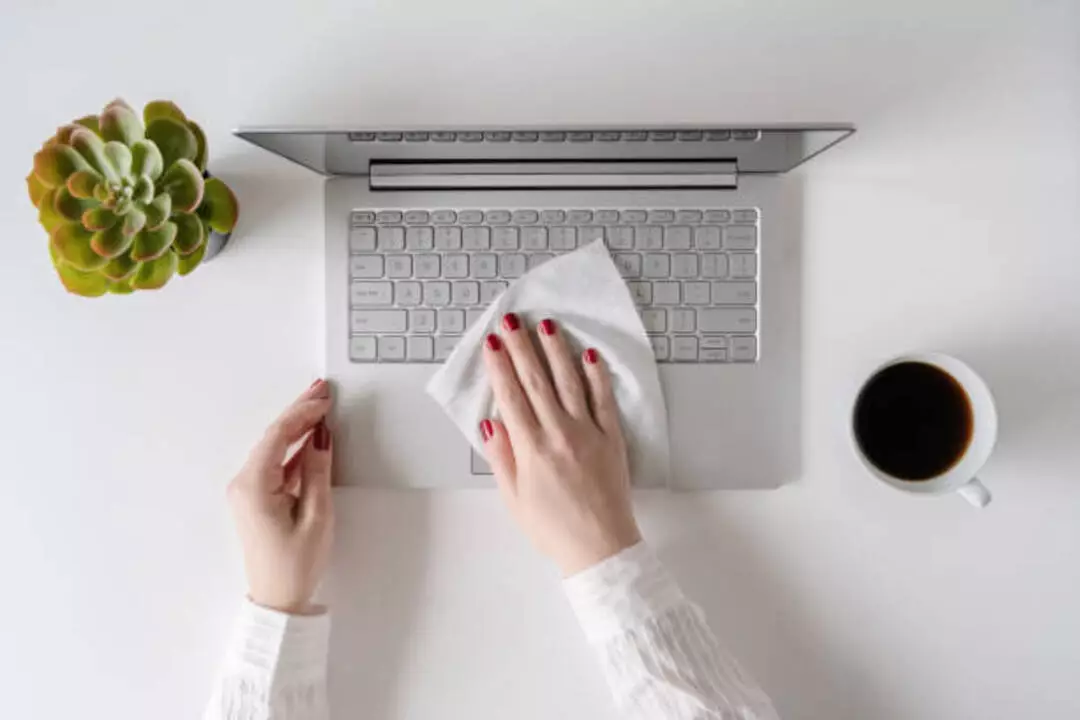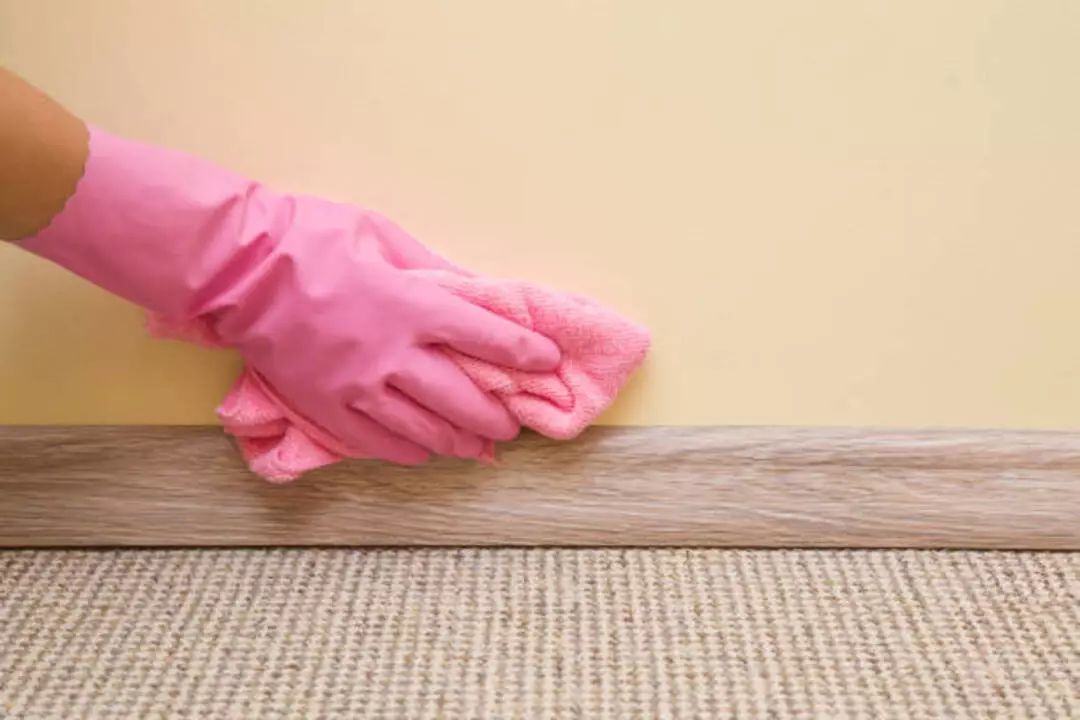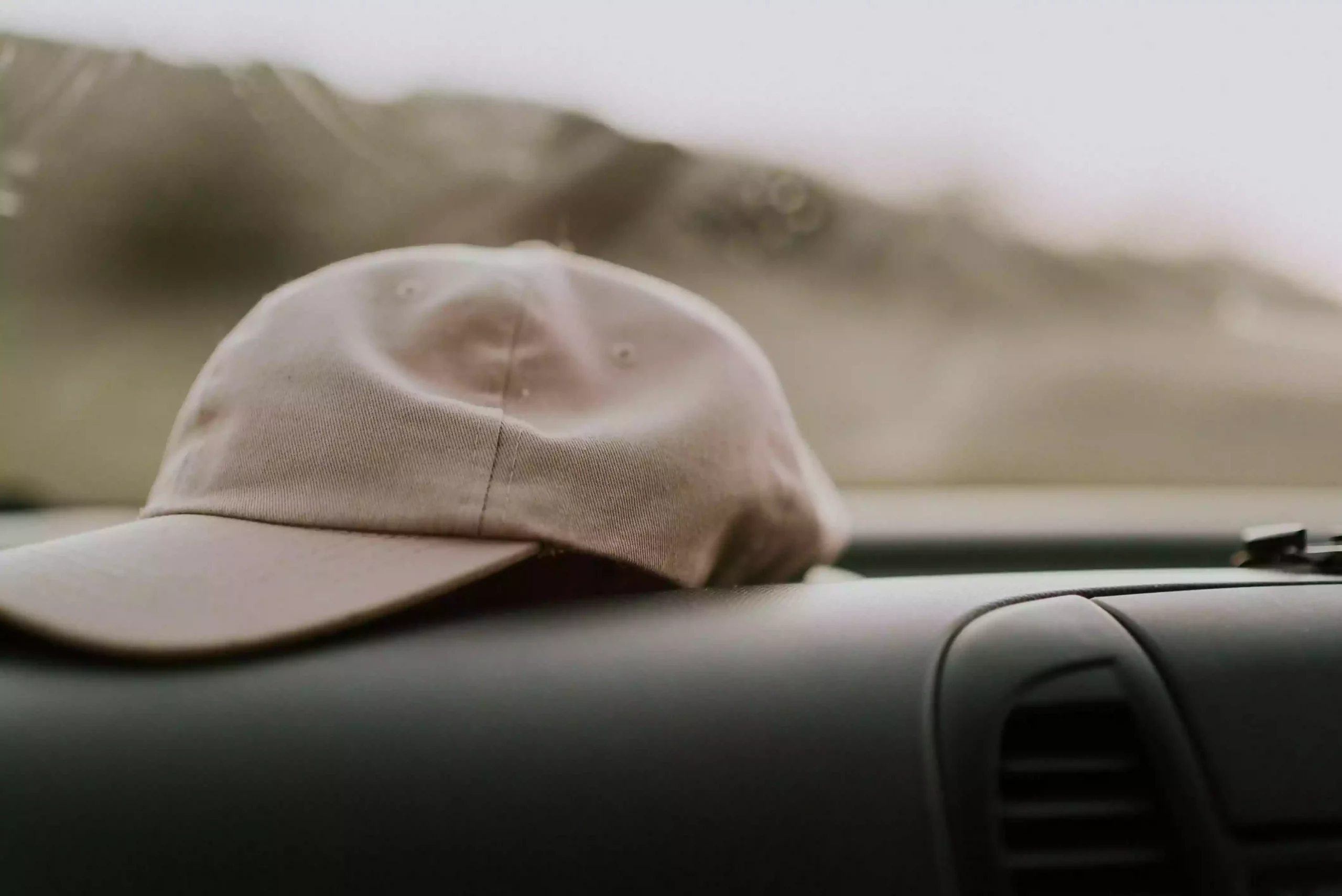Fingerprints on glossy surfaces can be unsightly and tough to remove. They seem to smudge and smear, creating even more of a mess. This blog will equip you with 13 tried-and-true techniques for removing these pesky prints every time without damaging your precious surfaces in the process.
Don’t let stubborn fingerprints rob your decor of its sheen—read on!
KEY INFORMATION
- Fingerprints on glossy surfaces can be unsightly and spread germs, so it’s important to remove them.
- Safe and effective methods for removing fingerprints include warm, soapy water; white vinegar; soda water; lemon juice; glass cleaner; and rubbing alcohol.
- There are specific techniques for different surfaces, like stainless steel appliances, art prints, glass surfaces, plastic surfaces, metal surfaces, and bullet casings.
- To prevent fingerprints in the future, wear gloves when touching glossy surfaces, regularly wipe down surfaces with a microfiber cloth, apply a protective coating to reduce smudges, and avoid touching surfaces with oily or dirty hands.
Why Removing Fingerprints is Important

Dirty prints ruin the look of glossy surfaces. This is one big reason to clean them off. But they can also bring germs into your space. Germs spread sickness, so it’s good to get rid of them.
To study a crime, people might look at fingerprints left on things. Print experts even use tools like DFO and ninhydrin for this. So if you want to keep what you do secret, you must clean off any marks.
Clean, shiny things make us feel happy and calm too! Your house or workspace will seem nicer without grubby marks everywhere. Plus, your guests will think that you keep very clean!
So there are many reasons why we should work hard to remove fingerprints from places where they show up.
Safe and Effective Methods for Removing Fingerprints

To safely and effectively remove fingerprints from glossy surfaces, you can try using warm, soapy water, white vinegar, soda water, lemon juice, glass cleaner, or rubbing alcohol.
1. Using warm, soapy water
To remove fingerprints from glossy surfaces, one effective method is to use warm, soapy water. Start by filling a bowl or sink with warm water and adding a few drops of mild dish soap.
Mix the solution until it creates suds. Then, dip a soft cloth or sponge into the soapy water and wring out any excess moisture. Gently wipe the surface in circular motions, focusing on the areas with fingerprints.
Rinse the cloth or sponge frequently in clean water to avoid spreading dirt or residue back onto the surface. Finally, dry the area thoroughly using a clean, lint-free cloth to prevent streaks or watermarks.
Using warm, soapy water is a safe and easy way to remove fingerprints from glossy surfaces without causing damage. It helps break down oils and grime left behind by fingers while leaving behind a clean finish.
2. Using white vinegar
To remove fingerprints from glossy surfaces, you can try using white vinegar. White vinegar is a natural cleaning agent that is safe and effective for removing smudges and marks. Simply mix equal parts of distilled white vinegar and water in a spray bottle.
Spray the solution onto a soft cloth or microfiber cloth, then gently wipe the fingerprints away. The acidity of the vinegar helps to break down oils and grime left by fingerprints, leaving your surfaces clean and shiny.
Remember to test the solution on an inconspicuous area first to ensure it does not damage or discolor your surface.
3. Using soda water
To remove fingerprints from glossy surfaces, you can try using soda water. Soda water is a great option because it contains carbon dioxide, which helps break down grease and oil. Simply pour some soda water onto a clean cloth and gently wipe the surface with it.
This should effectively remove any fingerprints without damaging the glossy finish. Remember to dry the surface thoroughly afterward to prevent any streaks or residue.
4. Using lemon juice
To remove fingerprints from glossy surfaces, you can use lemon juice. Lemon juice has natural cleaning properties that help break down oils and grease left by fingerprints. Simply squeeze some lemon juice onto a clean cloth or sponge and gently rub the affected area.
Rinse with water afterward and dry with a soft towel. This method works well on glass, stainless steel, and other shiny surfaces without causing any damage. So next time you notice fingerprints on your glossy objects, try using lemon juice for an effective and natural solution to make them shine again!
5. Using glass cleaner
To remove fingerprints from glossy surfaces, you can use glass cleaner. Glass cleaner is specifically designed to clean and polish glass surfaces, making it effective in removing smudges and fingerprints.
Simply spray the glass cleaner onto a clean microfiber cloth and gently wipe the surface in a circular motion. The solution will help dissolve oils and grime left by fingerprints, leaving your glossy surfaces shiny and fingerprint-free.
Remember to use a lint-free cloth to avoid leaving behind any streaks or residue. Using glass cleaner is a quick and convenient way to keep your glossy surfaces looking clean and pristine.
6. Using rubbing alcohol
To remove fingerprints from glossy surfaces, you can use rubbing alcohol. This method is effective because rubbing alcohol helps dissolve the oils and residues left by fingerprints.
Simply dampen a cloth or cotton ball with rubbing alcohol and gently wipe the surface until the fingerprints are gone. It’s important to be gentle and avoid using too much pressure to prevent any damage to the surface.
Rubbing alcohol is a convenient and accessible solution for removing fingerprints from various glossy surfaces like glass, metal, and plastic.
Special Techniques for Removing Fingerprints from Different Surfaces

From stainless steel appliances to glass surfaces and bullet casings, there are specific techniques you can use to effectively remove fingerprints. Discover the best methods for each surface and say goodbye to those pesky prints!
Stainless steel appliances
To remove fingerprints from stainless steel appliances, start by wiping the surface with a soft microfiber cloth. Next, dampen the cloth with warm soapy water and gently scrub the fingerprints away.
Avoid using abrasive cleaners or scrub brushes as they can damage the stainless steel finish. If soap and water don’t do the trick, you can also try using white vinegar or rubbing alcohol to remove stubborn fingerprints.
Simply apply a small amount onto a cloth and wipe the surface in a circular motion until the fingerprints are gone. Remember to dry and buff the stainless steel appliance afterward for a streak-free shine.
Art prints
To remove fingerprints from art prints, it’s important to be gentle and careful. Start by using a soft, dry cloth to lightly brush away any loose dirt or dust on the surface of the print.
Avoid using water or any liquid cleaners directly on the print, as this can cause damage. If there are stubborn fingerprints, you may try using a small amount of mild detergent mixed with water on a damp cloth.
Gently dab at the fingerprint marks without rubbing too hard. Remember to always test any cleaning solution on a small, inconspicuous area before applying it to the entire print to ensure that it won’t cause any damage.
Art prints can be delicate, so it’s best to handle them with clean hands or wear protective cotton gloves when touching them. This helps prevent oils from your fingers from transferring onto the surface and leaving fingerprints behind.
Glass surfaces
To remove fingerprints from glass surfaces, you can try a few techniques. One method is to spray a window cleaner or distilled white vinegar onto the glass and wipe it clean with a microfiber cloth.
Another option is to mix warm soapy water and use that solution to clean the fingerprints off the glass. Don’t forget to dry the surface thoroughly afterward for a streak-free finish.
Remember, using gentle motions and avoiding harsh chemicals will help prevent any damage to the glass while effectively removing those pesky fingerprints.
Plastic surfaces
To remove fingerprints from plastic surfaces, start by wiping the surface with a damp microfiber cloth. You can also use warm, soapy water or glass cleaner for tougher stains. Just be sure to rinse and dry the plastic afterward.
Avoid using abrasive cleaners or scrubbing too hard, as this could damage the surface.
Metal surfaces
To remove fingerprints from metal surfaces, there are a few simple methods you can try. One option is to use warm, soapy water and gently wipe the surface with a microfiber cloth. Another effective method is to use rubbing alcohol or glass cleaner on a soft cloth and wipe away the fingerprints.
If the metal surface has stubborn stains, you can make a paste using baking soda and water and gently scrub it off. Remember to always dry the surface thoroughly after cleaning to prevent any water spots or streaks.
Bullet casings
To remove fingerprints from bullet casings, start by using a dry microfiber cloth to gently wipe away any loose dirt or debris. Then, moisten another clean cloth with rubbing alcohol and use it to carefully wipe the surface of the casing, focusing on the areas with fingerprints.
The alcohol will help dissolve and remove the oils left behind by your fingers. Finally, use a dry cloth to buff the casing until it is shiny and fingerprint-free. Remember to handle bullet casings safely and securely while cleaning them.
Bullet casings are often made of metal, so they require a slightly different method compared to other glossy surfaces. By following these steps, you can effectively remove fingerprints from bullet casings and ensure they look clean and polished.
Tips for Preventing Fingerprints in the Future

To prevent fingerprints in the future, wear gloves when touching glossy surfaces, regularly wipe down surfaces with a microfiber cloth, apply a protective coating to reduce smudges, and avoid touching surfaces with oily or dirty hands.
1. Wearing gloves
To prevent fingerprints from forming on glossy surfaces, wearing gloves is a simple and effective solution. By covering your hands with gloves, you can avoid transferring oils and dirt onto the surfaces you touch.
This not only keeps the surfaces clean but also reduces the need for frequent cleaning. Whether it’s while handling stainless steel appliances or working with delicate art prints, wearing gloves is a practical step to maintain shiny surfaces free of fingerprints.
2. Wiping surfaces regularly
To keep glossy surfaces clean and free from fingerprints, it’s important to wipe them regularly. This simple step can go a long way in maintaining their appearance and preventing the spread of germs.
By using a soft microfiber cloth or paper towel, you can gently remove smudges and oils left behind by fingers. Remember to use gentle, circular motions when wiping to avoid scratching the surface.
Regular cleaning with mild soap or a general-purpose cleaner will also help prevent the buildup of fingerprints over time. So remember to make wiping surfaces part of your regular cleaning routine for shiny, fingerprint-free results!
3. Using a protective coating
To prevent fingerprints from appearing on glossy surfaces in the future, using a protective coating is highly recommended. This creates a barrier that helps to repel oils and smudges, making it easier to clean and maintain the surface.
Applying a thin layer of the protective coating will help ensure that fingerprints don’t leave lasting marks or require extensive cleaning. By regularly applying this coating, you can keep your glossy surfaces looking shiny and fingerprint-free for longer periods of time.
By using these 13 proven techniques for removing fingerprints from glossy surfaces and implementing preventative measures like using a protective coating, you can easily maintain clean and hygienic environments.
Remember to wipe surfaces regularly, avoid touching them with oily hands, wear gloves when handling sensitive objects, and follow the recommended methods for each specific surface type.
4. Avoiding touching surfaces with oily hands
To prevent leaving fingerprints on glossy surfaces, it’s important to avoid touching them with oily hands. Oils from our skin can easily transfer onto these surfaces and leave behind visible marks.
By being mindful of this and making a conscious effort to keep your hands clean and oil-free when interacting with glossy surfaces, you can help maintain their pristine appearance.
This simple habit can go a long way in preventing the need for constant cleaning and removal of fingerprints.
Frequently Asked Questions

1. How can I clean fingerprints from painted walls?
You can use a microfibre cloth or a general-purpose cleaner to remove fingerprints from painted walls. Always try soft cleaning before using harsh methods.
2. What is the best way to remove fingerprints from glossy surfaces?
There are many proven techniques for removing fingerprints from glossy objects, like glass cleaning and latent print development methods. These will ensure effective fingerprint removal.
3. Can UV reflection techniques help in detecting and enhancing latent fingerprints on porous surfaces?
Yes, UV reflection techniques are often used to detect and enhance latent prints on porous surfaces, helping with surface cleaning of prints.
4. How can I prevent getting fingerprints on glass surfaces?
Preventing fingers from touching glass is the only surefire method to avoid leaving any marks behind. However, there are some products that promise less sticking of the oils found in our skin onto such shiny surfaces.
5. Is it possible to safely remove any signs of touch like fingerprints present in photos?
Yes! Some special ways for removing unwanted details like fingerprints exist where you need sensitive handling – such as photographs.
Conclusion and final thoughts
In conclusion, keeping glossy surfaces clean and fingerprint-free not only improves their appearance but also prevents germs from spreading. By using safe and effective methods and implementing preventative measures, you can easily remove fingerprints and maintain a clean and hygienic environment.
Cleaning glossy surfaces regularly and removing fingerprints is important for both aesthetics and hygiene. With the use of safe and effective methods, you can easily get rid of fingerprints and keep these surfaces clean.
Preventative measures such as wearing gloves, wiping surfaces regularly, using a protective coating, and avoiding touching surfaces with oily hands can also help in maintaining a fingerprint-free environment.
By following these tips, you can ensure that your glossy surfaces stay shiny, germ-free, and visually appealing.















